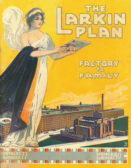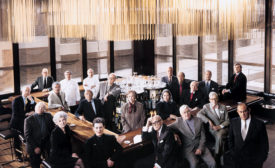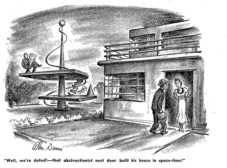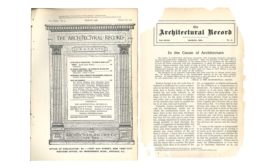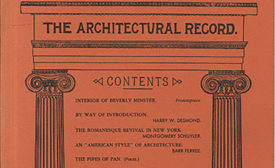125 Years
Celebrating 125 Years: The Past
A brief history of the magazine's critical coverage.
Read More
Soap Opera: The Larkin Building
Frank Lloyd Wright’s Larkin Building in Buffalo was a singular achievement in architectural history, if underappreciated.
Read More
He Who Laughs Last: Alan Dunn
A cartoonist for RECORD found fodder in mid-20th-century architectural debates. His insights are still timely.
Read More
Ernest and Esther Born
Born to Design: A couple from the San Francisco Bay Area advanced the cause of modernism using architectural and graphic expertise.
Read More
Lawrence Kocher, Renaissance Man
A longtime editor of RECORD, who was also an architect and teacher, embraced both the past and the future during the development of modernism in America.
Read More
When Modernism Was Young
Historian Kenneth Frampton points to the architectural significance of two early 20th-century industrial buildings.
Read More
In the Cause of Architecture
The first essay of Frank Lloyd Wright's "In the Cause of Architecture" series for Architectural Record.
January 24, 2016
The Formative Years
Architectural Record turns 125 this year. In celebration, we present memorable moments from the magazine’s early days.
Read More
Copyright ©2024. All Rights Reserved BNP Media.
Design, CMS, Hosting & Web Development :: ePublishing


